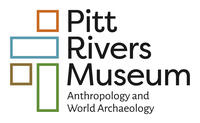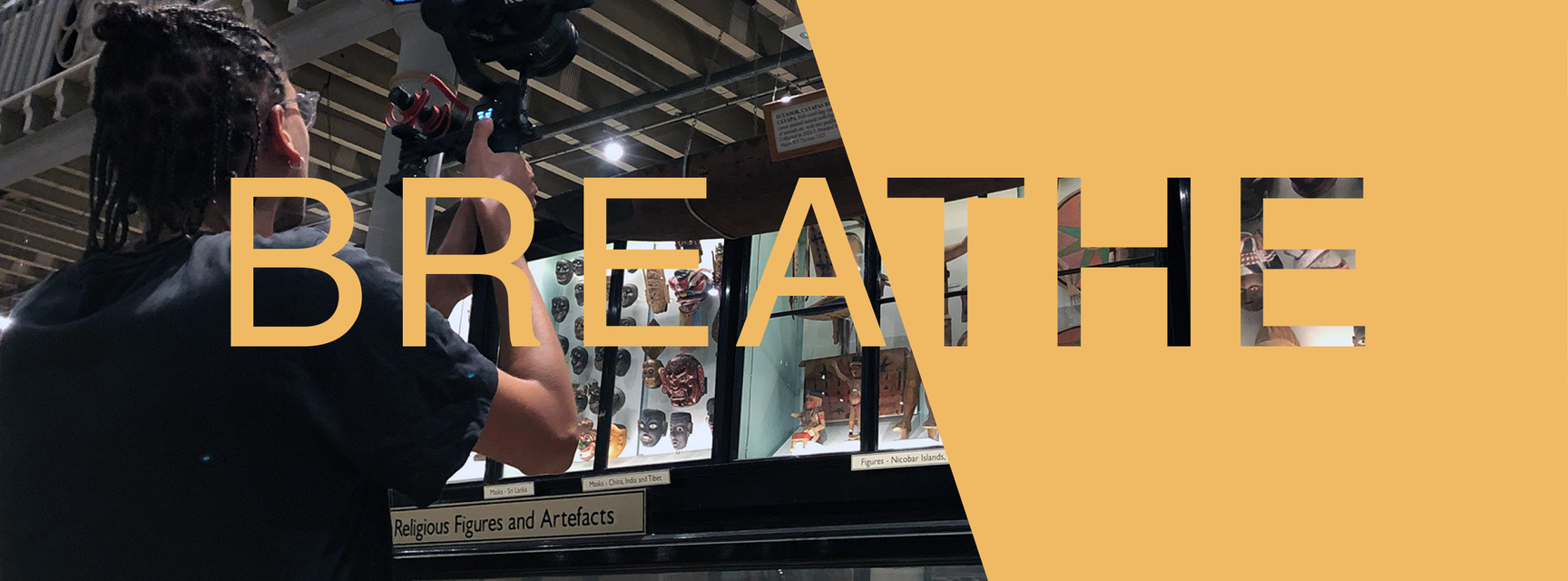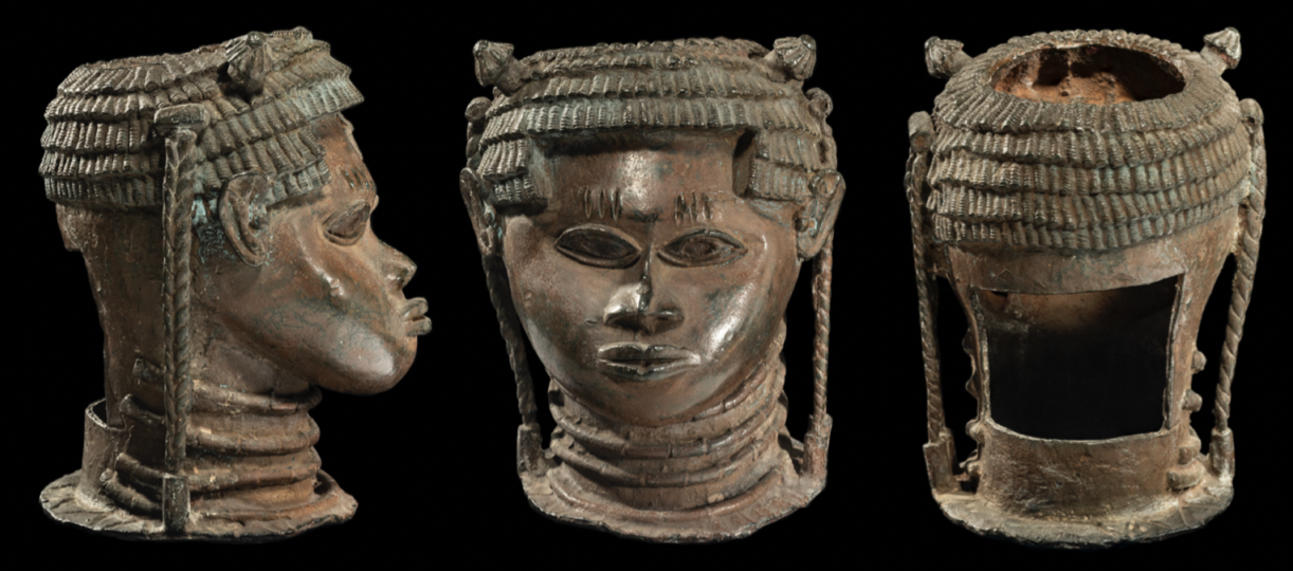BREATHE! Looted White Gold
Participatory film project by InsightShare
"Looted White Gold" focuses on an Edo, carved, ivory tusk, which was looted from the palace of Benin in 1897 and which is now held in the Pitt Rivers Museum. This film explores the complexity of the tusk: it is a historical document, it is an embodiment of Edo identity and spirituality, and it is also a witness to colonisation.
The film can be viewed, alongside others, on InsightShare's YouTube account.
Below is a transcript of the film with stills.
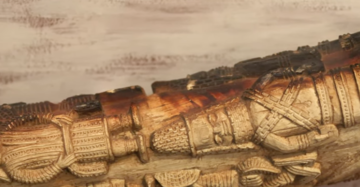
The ivory tusk is not an object.
It is not an artifact.
It is not art, although it merges the inhuman and cruel legacy of this colonial world.
This ivory tusk belongs to the royals, to the royals.
You don't know, but you should.
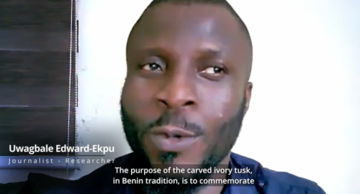
[Interview with journalist and researcher Uwagbale Edward-Ekpu]
The purpose of the carved ivory tusk in Benin tradition is to commemorate a dead Oba.
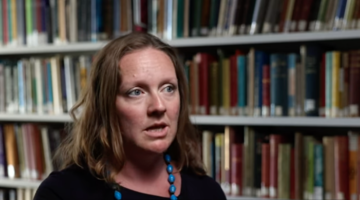
[Interview with Ashley Coutu at the Pitt Rivers Museum]
The objects from the Oba's Palace, which were taken during the Benin expedition of 1897, are often in Western sort of museums, considered art objects. But we know, especially with the tusk, that it was part of the altarpiece, it was part of an important place of sort of worship for people, but it was also incredibly personal.
So it's commissioned for the Oba who dies, and it's a way of people, Edo people, understanding and knowing what came before them and a way to sort of connect with ancestry. So the depictions on the tusk are of Europeans, are of Edo people. They're of crocodiles and mudfish and all sorts of different sort of animals and plants and people. To think of them as art - although they are incredibly skilled people who are crafting these objects - is missing a lot of the deeper sort of meaning, not only from a kind of spiritual connection with ancestry and with the past, but also, of course, the kind of meaning behind the images and the way that it's carved becomes a very personal thing for families.
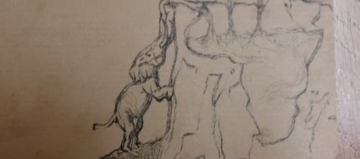
Ivory, specifically elephant ivory, is very important, starting with the animal: elephants are really a symbol of authority, of kingship, of ruling. So they become very connected with the Oba in that sense that elephants are revered animal. And obviously the sort of killing of an elephant is a very difficult thing, but it was also something that it wasn't done very often and it was done with exceptional skill, using sort of bow and arrow and poisons, and obviously not using things like machine guns.
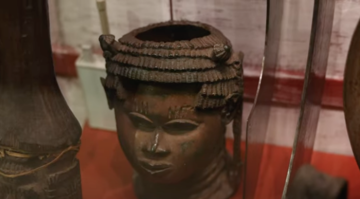
The bronze or brass head that the tusk would have rested on would have also been sort of cast and made specifically for that Oba. So it is important that it is connected to the tusk. One of the things that would have been done during the looting of the Oba's Palace in 1897 was these would have been separated, because at the time, the ivory was seen as something that was important to fund the expeditions. The museum display just sort of continues this separation by having all of the objects completely separated as art pieces, really, as you would think, in a sort of modern glass museum display, rather than being objects that were grouped together for significant reasons, as it would have been originally. So I think that's the real challenge of a museum like the Pitt Rivers is for us to actually sort of get these objects back into their context, to tell these stories, and to bring in more voices that can interpret these objects for our visitors.
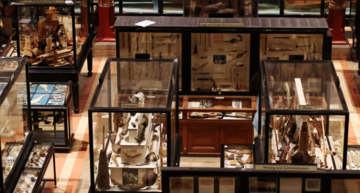
[Interview with journalist and researcher Uwagbale Edward-Ekpu]
I think it is not proper for items in museums in Europe to be discussed without considering the people that created them and use them and still use them and understand what the items really stand for.
So when you don't include the owners in discussions, you tend to have a very out of their discussion and a buyer discussion. So it's proper for museums all over the world to include indigenous people who own items in those museums in decision making, in research, and other form of discussions concerning those items.
[Ashley Coutu at the Pitt Rivers Museum]
We are currently in discussion with the national Museum and Monuments Commission of Nigeria, who have officially requested the return of 96 objects, including this ivory tusk. And the university has the council has approved this. They are for the return of these objects. And I think this is exactly what we should be doing. We should be absolutely having these conversations with different communities about the return of objects. And it's very well documented that the Oba's palace was completely burned down and looted. So in this situation, I think we have very clear historic evidence that the objects were stolen.
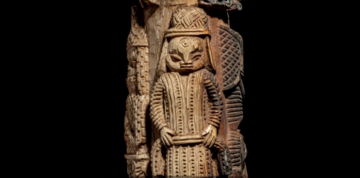
[Uwagbale Edward-Ekpu]
One of the important reason why these items should be returned back to where they were taken from, because, one, they are items that contain history of the Edo people, right? And the current generation of Edo people are disconnected from their past. Our history was disrupted by the coming of the British and the colonial system, because the colonial system, the policy of the colonial system was to erase what they meant and replace it with the English and the European ideologies, philosophies and practices. So right now, there's a gap between this generation and the generation that used those items. And right now, we are yearning to connect back to our ancestors, connect back to our base. We know who we are.
[Ashley Coutu]
And so one of the really important tasks of the research team in the museum, which I work as part of, is to do this work to understand where our collections are coming from, what communities might want to engage with them, reengage with them.
At the moment, it's really, I think, a process of museums going through repair, of really sort of documenting the provenance of objects that are in the collection and then essentially building these relationships with originating communities, because every sort of case of return or repatriation, whatever you want to call it, is different.
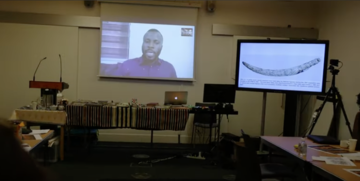
[Uwagbale Edward-Ekpu]
The last time an item was returned to the palace, it was received with great ceremony. It was like the Oba was very happy. The people of the kingdom were happy. The media carried the news. It was on the news on all stations, like, to show you how these items are being received. People are trying to connect back to their ancestors. They are trying to know themselves from those items and see who they are, that once upon a time, our ancestors did this, our ancestors did that, and we can learn from this. We can be better people tomorrow.
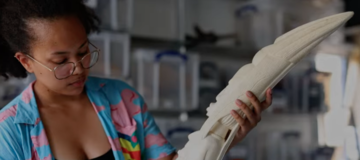
[Project participant]
There's something quite depressing about how the majority of the artefacts in this museum that are given the space for audiences and both curators are male coded artefacts. And even the artefacts that we've studied in this project are exclusively from patriarchal male led societies. And I think it's quite curious that both curators and audiences have not given the space for the stories to be told of pre-colonial women in these societies and that even there just is a lack of presence of stolen artefacts in a museum pertaining to women.
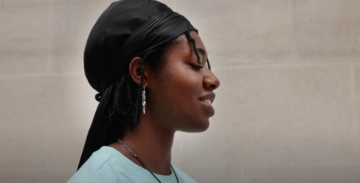
[Project participant]
Worship, worshiper, worship.
Her ivory brute strength and power in her dedication,
a document of the nation her heart belongs to.
Ghastly, sons of man.
The sin of Cain in your heart, queen mother is unfair forevermore.
Adoration and praise.
Hail thee, queen mother of Benin.
I carve my love for you, for all to see and bear witness to what is an account of your glory,
my love for you, and adoration for everything you do.
Worship, worshiper, worship
This video was made in August 2022 as part of the BREATHE! project.
BREATHE! explores histories of colonisation through exploring African objects in European museums and connects these pasts to present-day experiences, identities, and the on-going colonisation of Africa.
Project partners:
InsightShare (lead), Kulturhaus Brotfabrik, Pitt Rivers Museum
BREATHE! was funded by Erasmus+ and the Arts Council England.




